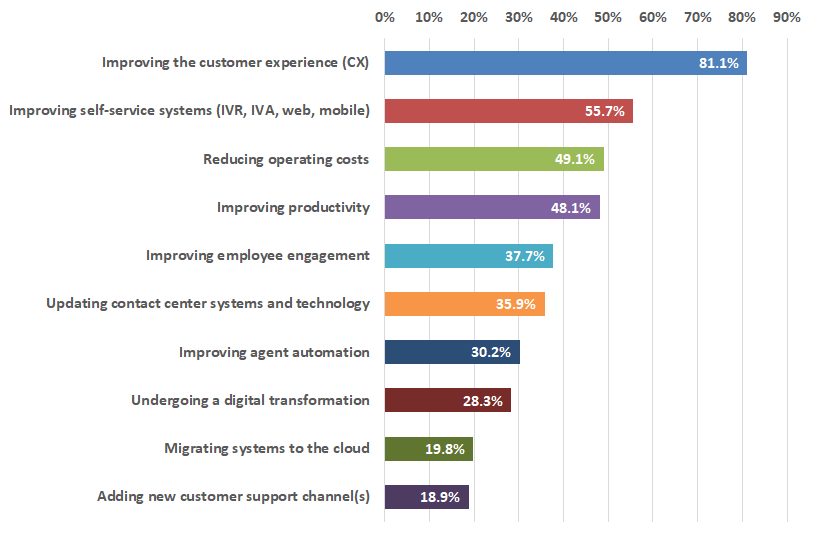In the age of rapid digital transformation, businesses find themselves in a race to provide customers with seamless experiences that transcend the boundaries of traditional support methods. The upcoming webcast roundtable on “Seamless Customer Experience – Combining AI, Virtual Agents, and Live Agents” promises to delve into the exciting realm where AI, virtual agents, and human touch converge to create truly authentic customer interactions. Mark your calendars for September 12th at 1pm Eastern,
https://bit.ly/441c4WL as we embark on a journey to demystify the fusion of technology and human ingenuity.
The Imperative of Seamless Customer Experience
In the ever-evolving landscape of consumer expectations, the significance of a seamless customer experience cannot be overstated. Today’s customers demand quick, personalized, and efficient interactions across multiple channels. This webcast roundtable recognizes that customer engagement is the bedrock of brand strategy, and to succeed, businesses must harmonize AI, digital tools, and human agents to create an integrated customer journey.
Navigating the Confluence of AI and Human Support
While the potential of AI and conversational bots is undeniable, the challenge lies in ensuring a harmonious coexistence between automated systems and human agents. The roundtable promises to shed light on this delicate balance, offering insights into how businesses can align their self-service and agent-assisted support for maximum efficiency and customer satisfaction.
Empowering Customer Support with AI and Virtual Assistants
Modern businesses are leveraging AI-powered chatbots and virtual assistants to deliver personalized and prompt customer support. The webcast will explore how these tools not only streamline routine inquiries but also enable businesses to capitalize on intent data. By understanding customer needs and preferences, companies can strategically automate common inquiries and optimize agent workflows to enhance overall team productivity.
Data-Driven Strategies for Exceptional Customer Service
Harnessing the power of historical and real-time customer engagement data is pivotal in constructing a modern customer service strategy. This roundtable aims to equip participants with the know-how to leverage this data goldmine effectively. By analyzing past interactions, businesses can identify automation opportunities, fine-tune self-service strategies, and enhance their overall approach to customer engagement.
Consistency Across Every Channel, Every Time
Customers no longer perceive brands through a single channel; they expect a consistent experience across every touchpoint. This roundtable will dive into the techniques for ensuring a uniform customer journey, regardless of the channel. From social media to email, the discussion will encompass strategies to create a unified brand presence that resonates authentically with customers.
The Pursuit of “Authentic Intelligence”
As AI becomes more prevalent in customer interactions, there’s a growing need to infuse authenticity into these exchanges. The webcast will explore how to transcend the “Artificial” in AI and deliver what customers truly desire—genuine, meaningful interactions. Additionally, it emphasizes the indispensable role of empowered human agents in creating exceptional customer experiences.In a world where technological advancements and human creativity intersect, the webcast on September 12th holds the promise of unraveling the complexities of modern customer engagement. By merging AI’s capabilities, virtual agents’ efficiency, and the empathy of human agents, businesses can etch their names in the annals of customer delight. Join us at 1pm Eastern for an illuminating discussion that will reshape your approach to customer experience. After all, in the pursuit of seamless interactions, innovation and authenticity are the guiding stars. https://bit.ly/441c4WL



